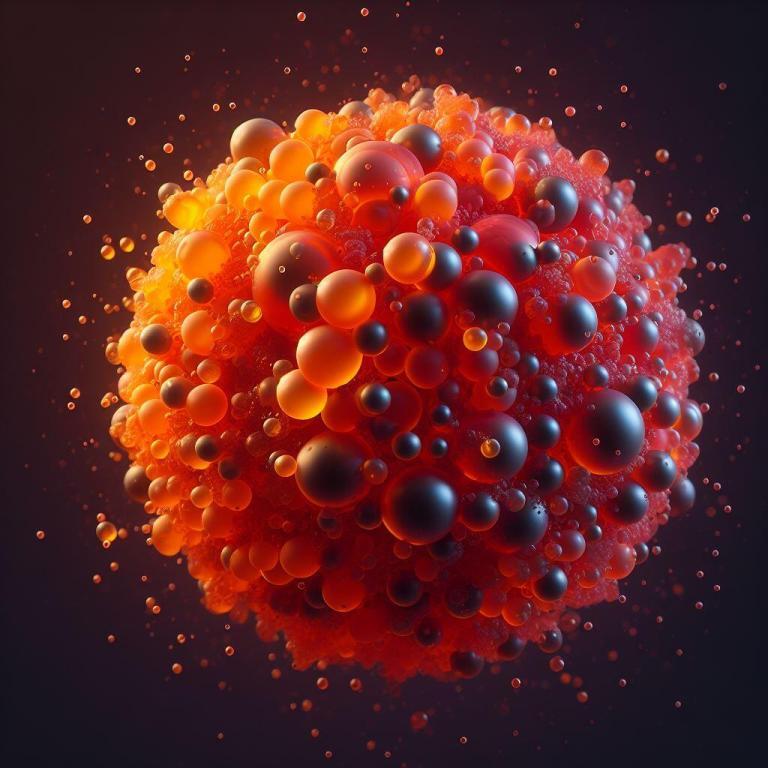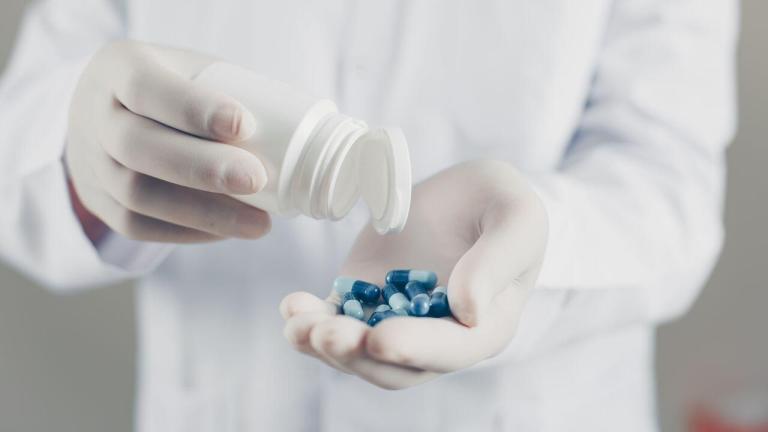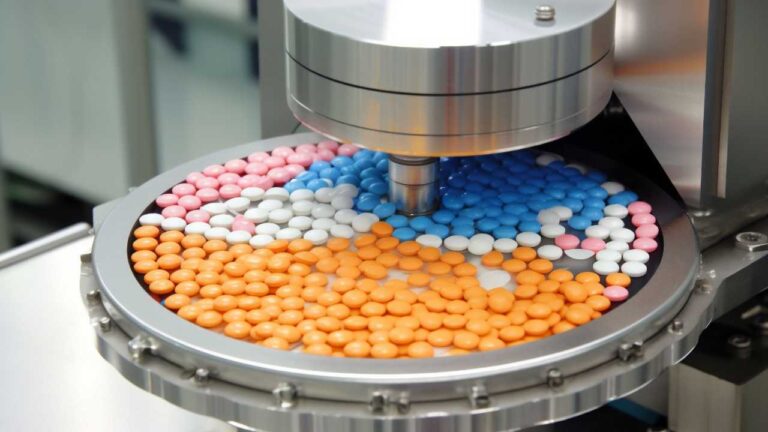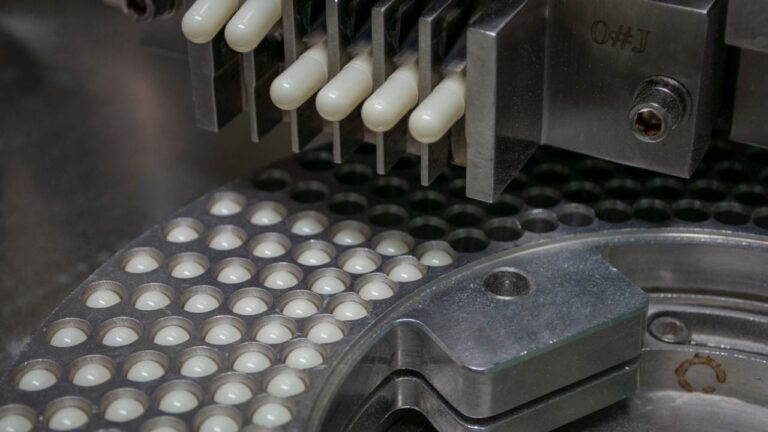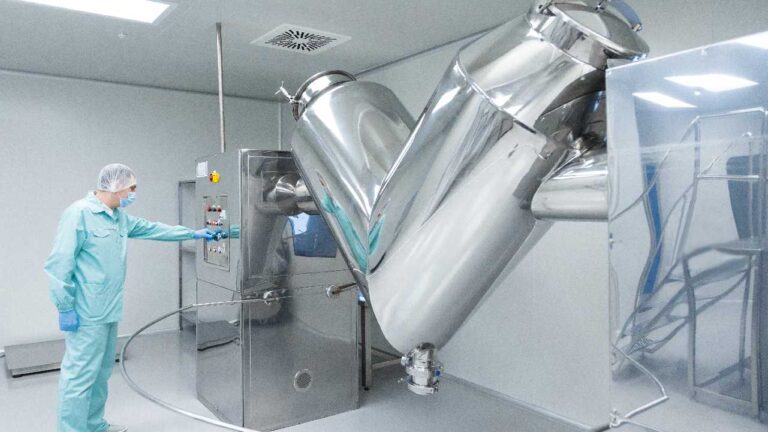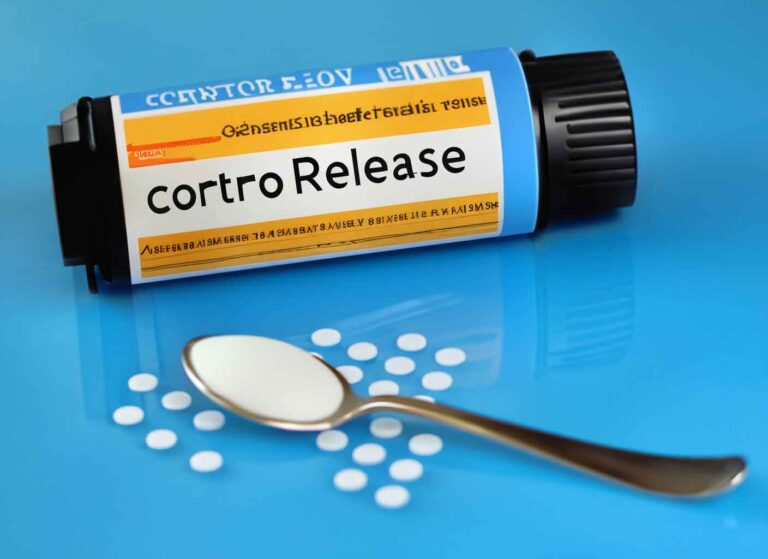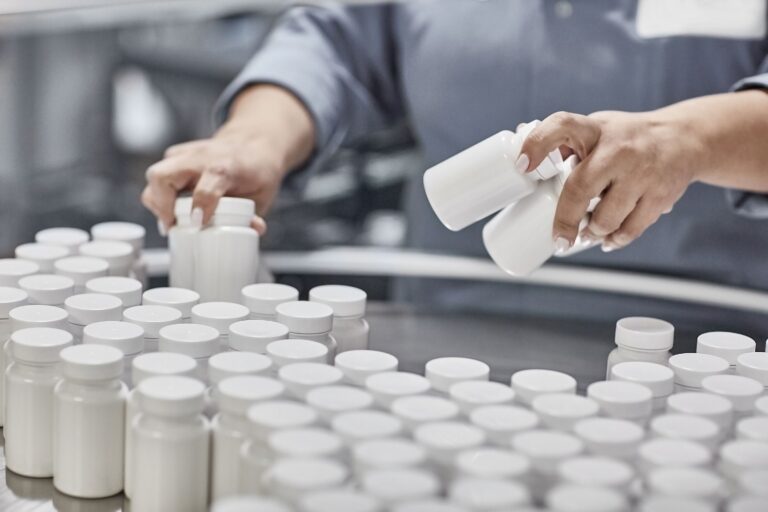Ophthalmic drug delivery is a rapidly growing area. Hycon has the experience and capabilities necessary to fully support you whether you choose to explore novel pathways, such as drug/device combination products, 505 (b) (2) opportunities, or sustained-release formulations.

Early Development Focus
Ophthalmic Formulation Development: Ophthalmic formulation development is receiving more attention in the pharmaceutical industry due to advances in technology, increasing awareness of eye diseases, and an aging population. As people live longer, the need to find innovations in treating cataracts, macular degeneration, glaucoma, and diabetic retinopathy grows.
The use of nano-emulsions and nano-solutions in ocular drug delivery systems offers a promising approach to improve the effectiveness of ophthalmic drugs by enhancing the administration of poorly water soluble API, increasing bioavailability, improving stability, enabling topical ocular extended/controlled release, and reducing the side effects of API.These novel approaches emphasize on the benefits of various ocular drug delivery systems, such as eye ointments, gels, and the use of viscosity enhancers, prodrugs, penetration enhancers, microparticles, liposomes, nanoparticles, nanosuspension, and micro-emulsion.
Administration of Poorly Water Soluble API: Nano-emulsions are promising delivery systems to be used in ocular drug delivery due to their numerous advantages, such as high retention time onto the site of application and the modified release profile of loaded drugs. This contributes to increasing the bioavailability of drugs for the treatment of eye diseases.
Increased Bioavailability: The use of polymers in ocular drug delivery systems can help improve drug delivery by increasing solubility, controlling pharmacokinetics, and extending release.
Reduced Side Effect of API: Prostaglandin analogues, the first-line choice for addressing elevated intraocular pressure in a glaucoma patient or suspect, have a very low systemic side-effect profile.
Topical Ocular Extended/Controlled Release: Nanotechnology-based formulations, such as organic nanoparticles (liposomes, niosomes/discosomes, dendrimers, nanoemulsions, nanosuspensions, nanoparticles/nanospheres) and inorganic nanoparticles, nanoparticle-laden therapeutic contact lenses, in situ gelling systems, and ocular inserts, are summarized and presented accordingly.
Types of Ophthalmic Preparations
Ophthalmic preparations are drugs applied to the eye or surrounding tissues. Drugs for ocular administration come in many forms, including solutions, suspensions, gels, and ointments. They can be used to deliver an active pharmaceutical ingredient (API) to the surface of the eye, inside the eye, adjacent to the eye, or they can be used with an ophthalmic device.
- Solutions: Ophthalmic solutions are the most common form of ocular drug administration. They are easy to use and have immediate effects. However, their effectiveness can be limited by short contact times, solution drainage, and tears turnover. Despite these limitations, they remain a mainstay in ophthalmic treatment due to their simplicity and patient compliance.
- Suspensions: Ophthalmic suspensions are dispersions made using a hydrophilic solvent. The particles in the suspension are taken by the precorneal tissue, which extends the contact time of the drug with the tissues and thus increases the time in which the drug has therapeutic effects. This can be particularly beneficial in ophthalmic applications where prolonged contact time can enhance therapeutic outcomes.
- Gels: Ophthalmic gels are semi-solid, jelly-like substances that can be used to deliver drugs to the eye. They have a longer residence time than solutions, which can improve the bioavailability of the drug. This makes them an attractive option for ophthalmic drug delivery, particularly for conditions that require sustained drug release.
- Ointments: Ophthalmic ointments are greasy substances that are used to deliver drugs to the eye. They have a longer residence time than solutions and gels, which can improve the bioavailability of the drug. However, they can cause blurred vision and are therefore often used at bedtime. Despite this, they remain a valuable tool in ophthalmic treatment, particularly for conditions that require overnight treatment.
Related Services
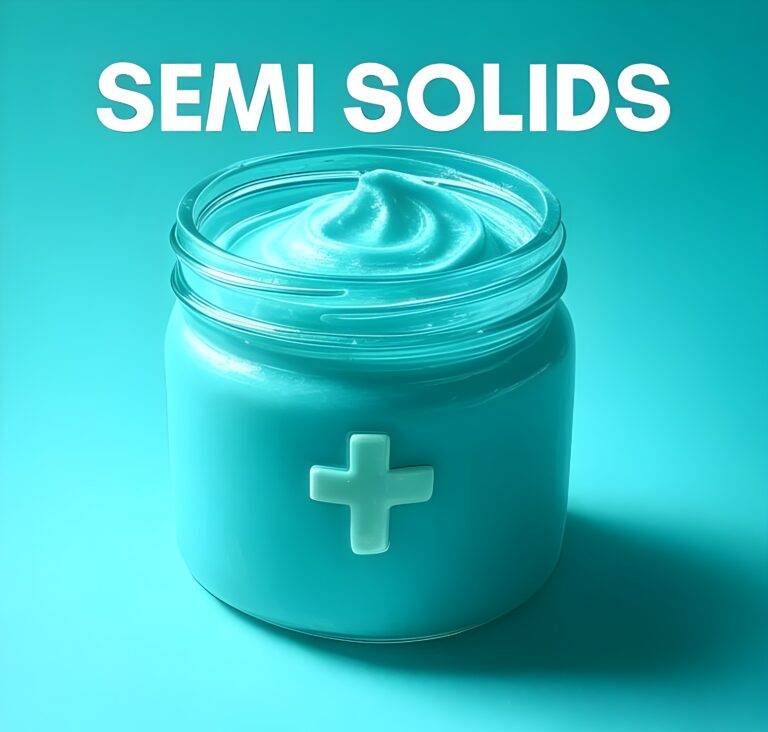

FAQs
Here are some frequently asked questions about Opthalmic / Ocular.
Hycon provides comprehensive ophthalmic CDMO services, including formulation development, manufacturing, and analytical services for a variety of dosage forms such as solutions, suspensions, and injectables. Our state-of-the-art facilities are equipped to handle highly potent APIs and controlled substances.
Quality is paramount at Hycon. Our Quality Assurance Team oversees all manufacturing and release activities, ensuring that each product meets stringent standards. We conduct extensive testing for water quality, microbiological contamination, and physical and chemical characteristics.
Yes, Hycon is experienced in supporting innovative drug delivery methods, including drug/device combination products, 505(b)(2) opportunities, and sustained-release formulations, to meet the unique needs of our clients.
Our integrated approach allows us to support your program from lead candidate selection to market, potentially saving up to 40% in time. We offer end-to-end solutions, from prototype formulation through preclinical testing, to early phase clinical trials, and manufacturing.
Hycon formulates and develops a vast range of ophthalmic dosage forms. We offer flexible filling options for small batches up to 400 liters, accommodating various containers including multi-dose bottles, vials, droppers, pre-filled syringes, cartridges, and tubes.
Absolutely. Hycon offers comprehensive regulatory and technical support throughout the ophthalmic product development process, ensuring compliance with all regulatory requirements and facilitating a smooth approval process.
Hycon has over 50 years of experience in conducting ophthalmic safety testing, with a track record of successful global regulatory submissions. We perform ocular pharmacokinetic studies in multiple species, with various formulations and routes of administration.
The complexity of ophthalmic therapeutics development is managed by leveraging our expertise in formulation, development, testing, and manufacturing. Working with Hycon as a single CRO/CDMO partner streamlines the process and mitigates challenges associated with bringing ophthalmic therapeutics to market.
Partnering with Hycon offers the advantage of accessing our broad, deep-scale expertise in small molecule oral dosage development sciences, delivery technologies, and multi-modality manufacturing. We are committed to optimizing product development, launch, and full life-cycle supply for patients worldwide.



